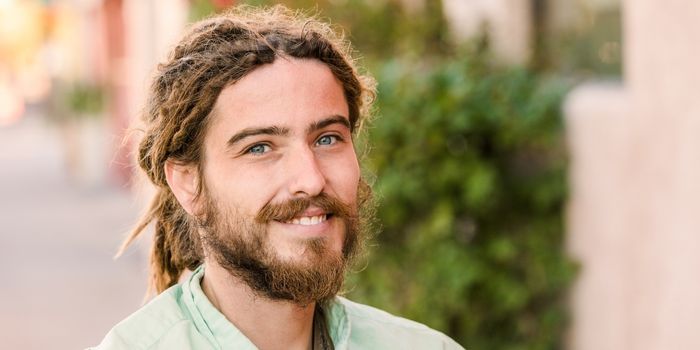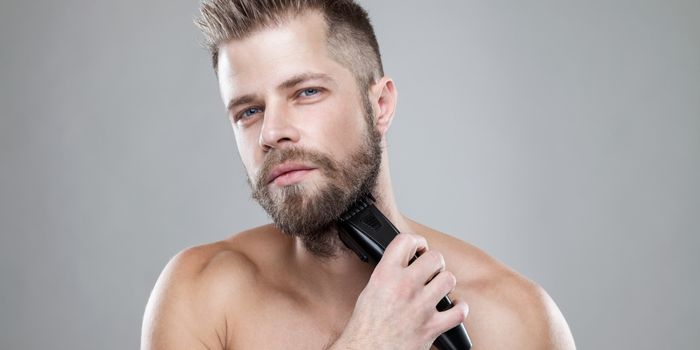
In recent years, the quest for a well-groomed and aesthetically pleasing appearance has led to a surge in interest in facial hair transplantation. As an increasingly popular procedure, beard transplantation offers individuals the opportunity to enhance their facial features and achieve the beard style they desire. From understanding the intricacies of the process to exploring the factors influencing candidacy and outcomes, this guide aims to provide comprehensive insights into the world of beard transplantation. Whether you’re curious about the technical aspects of the surgery or seeking guidance on post-operative care, this guide is designed to empower you with the knowledge needed to make informed decisions about your aesthetic journey.

What is beard transplantation?
Beard transplantation, a specialized procedure, involves the transplantation of hair follicles from one part of the body, typically the back of the scalp, to the recipient area of the face where facial hair growth is desired. This process is meticulously performed by skilled surgeons using advanced techniques such as follicular unit extraction (FUE) or follicular unit transplantation (FUT). Through precise incisions and graft placement, the surgeon creates a natural-looking beard that complements the individual’s facial features and desired style. Beard transplantation offers a permanent solution for individuals facing challenges with sparse or patchy beard growth, whether due to genetics, scarring, or other factors. This procedure not only restores confidence but also allows individuals to express their personal style with a full and well-defined beard.
Beard transplantation procedure
The beard transplantation procedure begins with a thorough consultation between the patient and the surgeon to discuss goals, expectations, and the suitability of the procedure. On the day of the surgery, the patient is typically administered local anesthesia to minimize discomfort. Using either follicular unit extraction (FUE) or follicular unit transplantation (FUT) techniques, the surgeon harvests hair follicles from the donor area, usually the back of the scalp, where hair growth is abundant and genetically resistant to balding. These follicles are then meticulously transplanted into the recipient area of the face, following the natural direction and density of existing facial hair. The entire procedure is performed with precision and attention to detail to ensure optimal results. After the surgery, patients are provided with post-operative care instructions to promote healing and maximize the success of the transplantation.

Who is a candidate for beard transplantation?
Candidates for beard transplantation typically include individuals who struggle with sparse or patchy beard growth and desire a fuller, more aesthetically pleasing facial hair appearance. This procedure is suitable for those who have genetic predispositions to limited facial hair growth, as well as individuals who have experienced facial scarring or trauma resulting in hair loss. Additionally, those seeking to enhance their facial features and achieve a specific beard style may also be candidates for beard transplantation. It’s important for potential candidates to have realistic expectations and to undergo a thorough consultation with a qualified surgeon to assess their suitability for the procedure and to discuss their desired outcomes.
Aftercare for beard transplantation
Aftercare following beard transplantation is crucial for promoting optimal healing and ensuring the success of the procedure. Patients are typically provided with detailed instructions by their surgeon to follow in the days and weeks post-surgery. It’s important to keep the transplanted area clean and dry in the immediate aftermath, following any specific guidelines provided by the surgeon. Avoiding touching or scratching the newly transplanted hairs is essential to prevent dislodging grafts. Additionally, patients may be advised to refrain from strenuous activities, such as exercise, for a period of time to prevent complications. Proper skincare, including gentle cleansing and moisturizing, is essential to support healing and minimize the risk of infection. Patients should also attend follow-up appointments as scheduled to monitor progress and address any concerns that may arise. Dr. Cagatay Sezgin is a Turkish board-certified hair transplant surgeon with over 20 years of experience in hair loss therapies and hair transplant surgeries. You can contact him to discuss your needs.
You may also like this: Natural Hairline Design Mastery: A Step-by-step Approach








